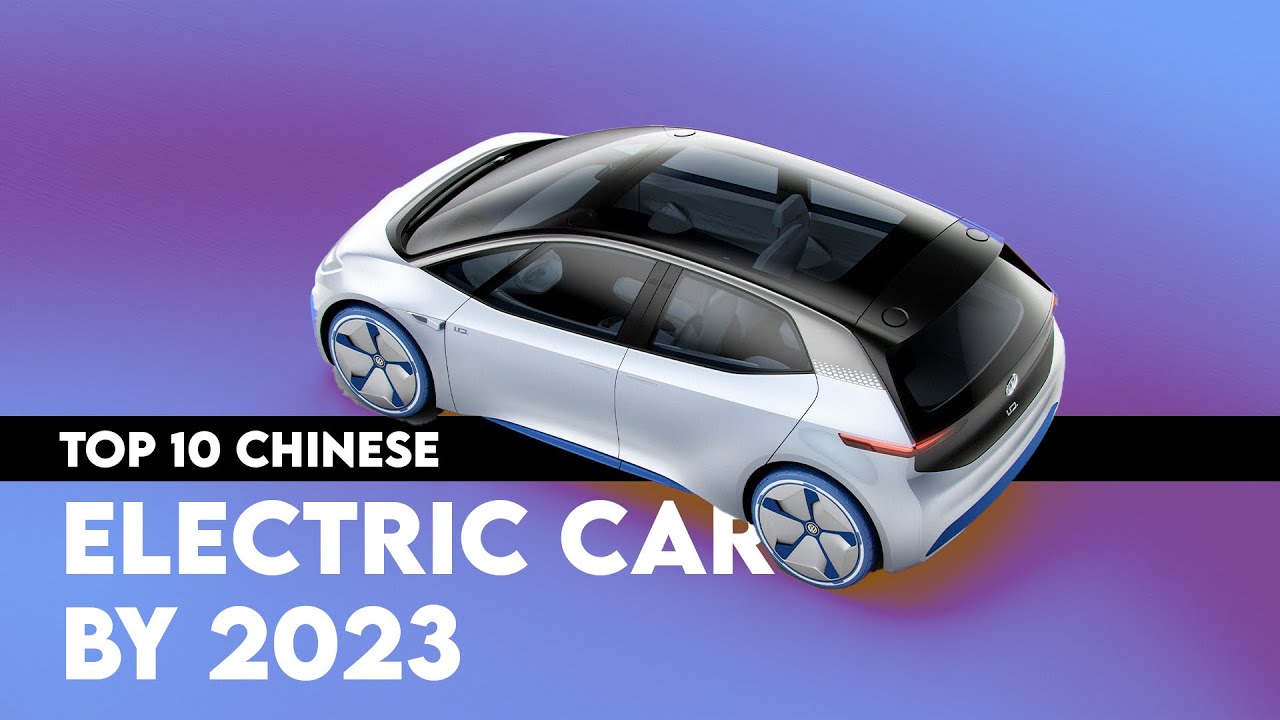The Growing Presence Of Chinese Cars: A Global Perspective

Table of Contents
Technological Advancements Fueling the Rise of Chinese Cars
Chinese automakers are rapidly closing the technological gap with established Western brands, leveraging significant investments in research and development. This technological prowess is a cornerstone of their success in the global market. The focus on innovation is particularly evident in several key areas:
-
Advancements in electric vehicle (EV) battery technology: Chinese companies are at the forefront of developing higher-capacity, longer-lasting, and more cost-effective EV batteries. This is crucial for wider EV adoption and is a key differentiator for Chinese electric vehicles in the global market. Companies like CATL are leading the world in battery production and supply.
-
Integration of advanced driver-assistance systems (ADAS) and autonomous driving features: Many Chinese car models boast sophisticated ADAS features, including lane keeping assist, adaptive cruise control, and even Level 2 autonomous driving capabilities, often at a lower price point than competitors. This integration of cutting-edge AI in cars enhances safety and driver experience.
-
Development of cost-effective hybrid vehicle technology: Beyond EVs, Chinese automakers are also making strides in hybrid technology, offering consumers fuel-efficient alternatives at competitive prices. This expands their market reach and caters to a broader range of consumer needs.
-
Investment in artificial intelligence (AI) for improved vehicle performance and safety: AI is being integrated across the board, from optimizing engine performance to enhancing safety features and creating more personalized in-car experiences. This commitment to AI reflects the Chinese government’s broader push for technological dominance.
Competitive Pricing and Market Strategies
The success of Chinese cars is not solely dependent on technological innovation; it’s also a result of shrewd pricing and marketing strategies. These strategies are crucial for market penetration and global expansion.
-
Lower manufacturing costs leading to competitive pricing: Lower labor costs and efficient manufacturing processes enable Chinese automakers to offer highly competitive prices, making their vehicles attractive to price-sensitive consumers globally.
-
Targeted marketing campaigns focusing on specific demographics and markets: Chinese companies are tailoring their marketing campaigns to resonate with specific cultural preferences and consumer needs in different regions. This targeted approach enhances brand awareness and market acceptance.
-
Strategic partnerships and collaborations with international companies: Joint ventures and partnerships with established global players are accelerating technology transfer and market access for Chinese automakers. These collaborations help build brand credibility and access established supply chains.
-
Focus on value-for-money propositions attracting price-sensitive consumers: The emphasis on delivering a competitive package of features and quality at a lower price point is a key driver of their success, particularly in emerging markets.
Government Support and Policy Initiatives
The Chinese government has played a pivotal role in fostering the growth of the domestic automotive industry. Significant policy support and investment have been instrumental in their global success.
-
Government subsidies for EV production and purchase: Generous subsidies and tax incentives for both manufacturers and consumers have accelerated the adoption of electric vehicles in China and boosted the competitiveness of Chinese electric vehicles internationally.
-
Investment in charging infrastructure for electric vehicles: Extensive investment in charging stations across China has addressed range anxiety, a major hurdle to EV adoption, and is supporting the international rollout of Chinese EVs.
-
Policies promoting domestic innovation and technology development: Government initiatives encouraging R&D and technological advancements have spurred innovation within the automotive sector.
-
Support for export expansion through trade agreements: Trade agreements and government initiatives promoting exports have opened up new markets for Chinese automakers.
Challenges and Future Outlook for Chinese Car Manufacturers
Despite their remarkable progress, Chinese car manufacturers still face several challenges in their quest for global dominance.
-
Overcoming negative brand perceptions in some international markets: Building strong brand recognition and overcoming preconceived notions about the quality and reliability of Chinese cars remains a key hurdle in some established markets.
-
Addressing concerns about intellectual property rights and technology transfer: Concerns regarding intellectual property protection need careful management to ensure sustained international growth.
-
Managing potential disruptions to global supply chains: The globalized nature of the automotive industry exposes Chinese automakers to potential supply chain vulnerabilities. Diversifying supply chains is crucial to mitigating these risks.
-
Adapting to varying international safety and emission regulations: Meeting stringent safety and emission regulations in different countries requires significant adaptation and investment.
Conclusion
The rise of Chinese cars is a testament to the nation's rapid technological advancement, aggressive market strategies, and supportive government policies. While challenges remain, the growth trajectory is undeniable. Chinese automakers are significantly impacting the global automotive landscape, offering consumers a compelling combination of technology, affordability, and innovation. Learn more about the innovative advancements driving the success of Chinese cars and their impact on the future of the global automotive market. Explore the diverse range of Chinese car brands and their expanding global presence – the future of the automotive industry is being shaped in China.

Featured Posts
-
 American Battleground A David And Goliath Struggle For Power
Apr 26, 2025
American Battleground A David And Goliath Struggle For Power
Apr 26, 2025 -
 Russias Disinformation Campaign False Greenland Reports Aim To Exacerbate Us Denmark Relations
Apr 26, 2025
Russias Disinformation Campaign False Greenland Reports Aim To Exacerbate Us Denmark Relations
Apr 26, 2025 -
 Double Trouble In Hollywood Wga And Sag Aftra Strike Cripples Production
Apr 26, 2025
Double Trouble In Hollywood Wga And Sag Aftra Strike Cripples Production
Apr 26, 2025 -
 Will Ahmed Hassanein Rewrite The Story Of Egyptian Football In The Nfl Draft
Apr 26, 2025
Will Ahmed Hassanein Rewrite The Story Of Egyptian Football In The Nfl Draft
Apr 26, 2025 -
 Us China Trade Tensions Impact On Dow Futures And The Stock Market Today
Apr 26, 2025
Us China Trade Tensions Impact On Dow Futures And The Stock Market Today
Apr 26, 2025
